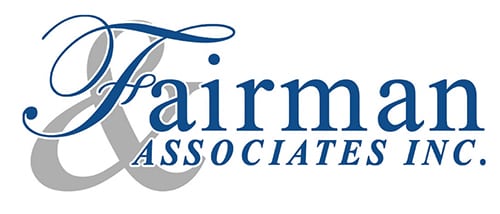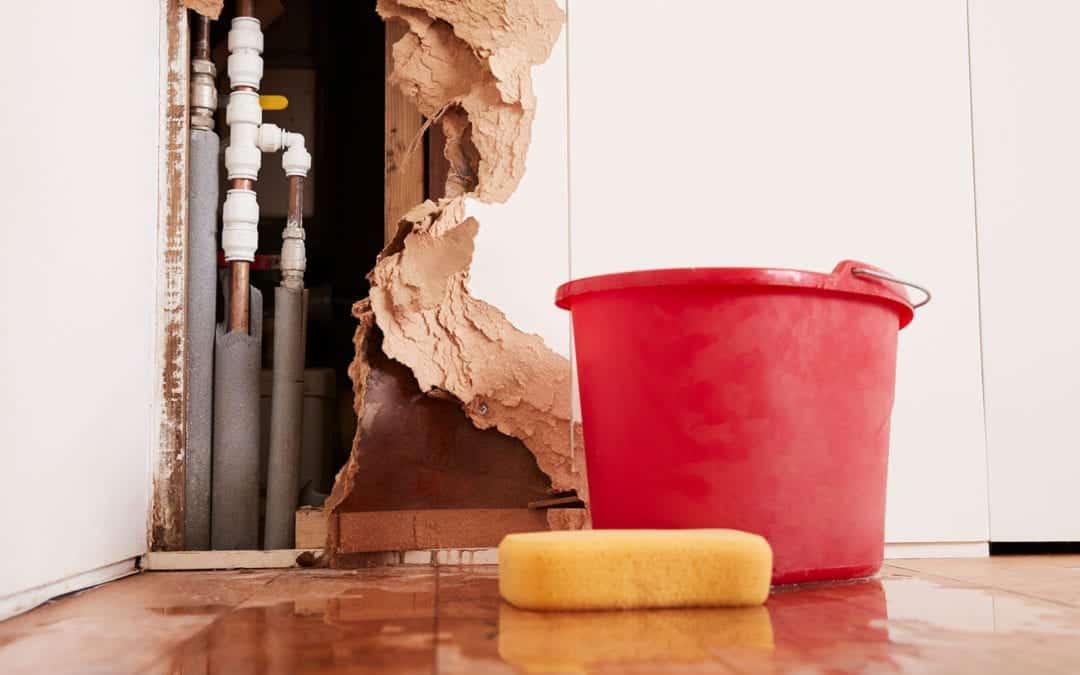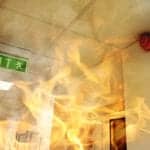A properly maintained building is the best preventative measure against water damage occurring. However, emergency disasters can come from different sources: faulty pipes, HVACs, roofs with holes, and flooding from storms. When water damage occurs, it’s more than just a leaky pipe flooding the floor that the property managers needs to be concerned about.
If a building experiences water damage, the water intrusion can cause damage to the ceilings, walls, or flooring. A reputable restoration company uses advanced water damage inspection and equipment to help find the source of water, and locate all damaged areas.
Every water damage event is a little different and requires a unique solution, but the general process stays the same.
- Emergency Contact
The restoration process begins when you call a restoration company. The representative will guide you through the crisis and may ask several questions to help us better understand the equipment and resources.
- Inspection and Water Damage Assessment
The restoration company determines the scope of your water damage at this stage. They inspect and test to determine the extent of damage and how far the moisture has traveled to ensure proper and complete restoration.
- Water Removal and Extraction
The water removal process begins almost immediately and removes the majority of the water. Restoration Experts use powerful pumps and vacuum units to quickly remove hundreds or thousands of gallons from your property, which helps prevent secondary water damage and mold growth.
- Drying and Dehumidification
Water restoration experts use specialized equipment to remove the remaining water that is harder to access. They will use room measurements, temperature, and relative humidity to determine the optimal number of air movers and dehumidifiers needed to dry your home or business.
- Cleaning and Sanitizing
The team cleans all of the restorable items and structures damaged by the water. They are adept at cleaning contents using a number of techniques. Professionals are trained to provide sanitizing treatments and to remove odors and deodorize your property.
- Restoration
This is the process of restoring your business to its pre-water damage condition. Restoration may involve minor repairs, such as replacing drywall and installing new carpet or may entail major repairs, such as the reconstruction of various areas or rooms.
No matter what the source or reason for your water damage, it’s important to contact professionals immediately, to best take care of each step in the remediation process.



